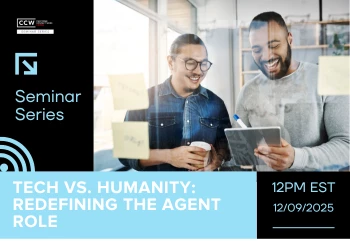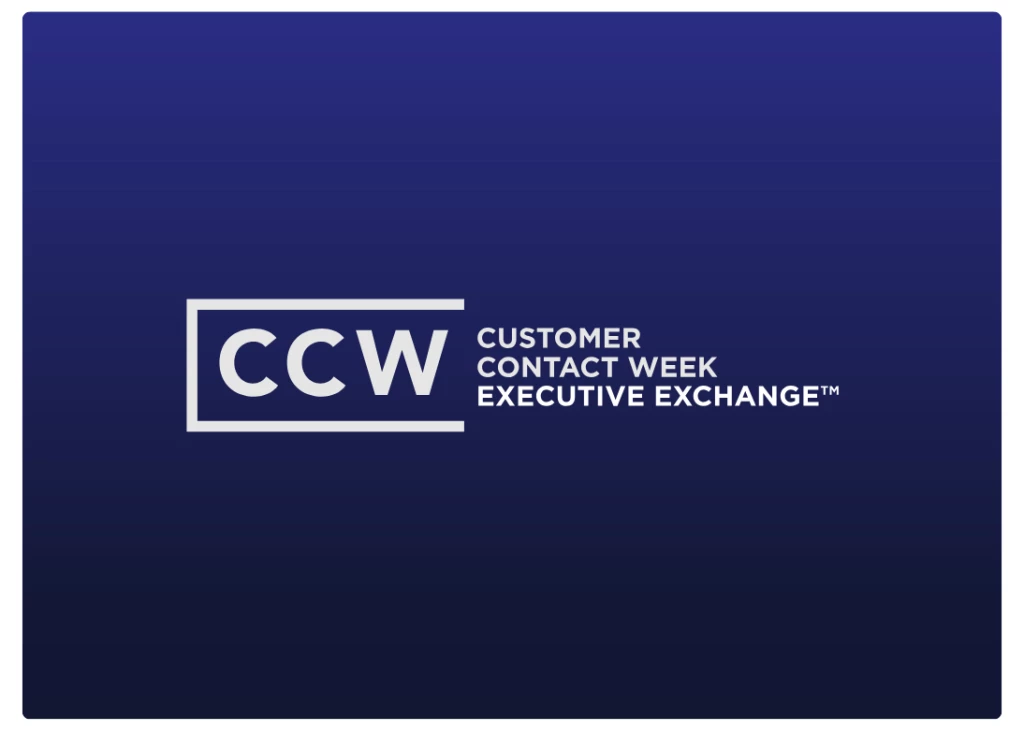Valuable Lessons in CS from Last Night's YouTube Crash
Response time, compensation and other things to consider
Add bookmark
If not for its status as the world’s second most-visited website, YouTube would’ve lost significant CS brownie points last night during its unprecedented, hourlong outage. Digital apocalypse struck at around 6PM PT when servers crashed, with users as far as away as New Zealand venting their frustration on Twitter.
No one realistically expects tech companies to never crash, but if YouTube didn’t wield near-total monopolistic power over video streaming services for the entire Internet, it might have handled the situation from a more customer-centric standpoint. Not only was the free YouTube site affected; the crash impacted all YouTube services, including paid products YouTube Music and YouTube TV.
In addition to losing access to TV on the night of the MLB playoffs and NBA opening tip-off, paying customers were unable to contact customer support. YouTube’s live chat, phone and email channels went offline, and its responses to user complaints on social media were vague and non-committal.
Firstly, YouTube’s response was reactive instead of proactive. When users began reporting the crash on Twitter, YouTube’s official tech support account @TeamYouTube responded to let them know it had seen the reports and was “working on resolving this,” issuing no formal announcement about the outage or why it was happening.
We're back! Thanks for all of your patience. If you continue to experience issues, please let us know. https://t.co/NVU5GP7Sy6
— Team YouTube (@TeamYouTube) October 17, 2018
The desktop version of the site showed parts of the homepage with a string of garbled text and a statement saying the engineers were dealing with the issue.
@YouTubeTV great job Google. Opening night of the NBA and your TV service goes down. Call center is closed! #goodjob #YouTube #celtics
— Rik Morton (@RikMoto) October 17, 2018
YouTube actively markets its live TV service to sports fans; as such, many paying customers definitely “felt” the outage. Meanwhile, YouTube content creators who make their living off the site made semi-panicked half-jokes about “having to find another job.”
*YouTube down for 1 or 2 hours*
— Jack Armstrong (@jacka_34) October 17, 2018
Everyone goes crazy.#YouTubeDOWN pic.twitter.com/zzvBEsiUGL
With one of the best interfaces for live TV compared to Sling, DirecTV Now, PSVue and Fubo, YouTube TV’s user-friendly product gives it leverage the typical business simply doesn’t have - not to mention customer goodwill stemming from trust in the brand and love of the product. In the world of CS, your track record defines you.
Still, in this era of emphasizing customer centricity and competing on the experience, it is impossible to award a free pass.
While servers were restored just over an hour later, YouTube’s only attempt to communicate with customers during the “crisis” was through a series of impersonal from @TeamYouTube. As of today, the video streaming giant has not responded to media requests for comment, nor has it issued a detailed, explanatory statement.
I was sleeping during #Youtubedown and it was like sleeping during the apocalypse pic.twitter.com/VR5TVL7acv
— boich¹²⁷| ⤴해찬♥ (@babyboihc) October 17, 2018
That same day, Twitter experienced a glitch, with users receiving cryptic push notifications on their cellphones containing a string of letters and numbers that looked like a hack or phishing scam. Twitter CEO Jack Dorsey fired off a few tweets to explain. When a company makes a mistake, speed and information are paramount. Sometimes, the “CEO effect” is an important factor, too; experts advise company leaders to get in front of the crisis to show accountability. Having a human respond instead of hiding behind an official Twitter account is usually the best way for a company to mitigate a mistake or crisis.
We’re seeing this issue too. On it. pic.twitter.com/pzjd6248gJ
— jack (@jack) October 16, 2018
Here’s what we can learn from YouTube’s CS setback:
1. Consider the universal ramifications of bad service
Even if you face no immediate danger of losing customers, you are always at risk of losing agent buy-in or facing the costs of a service crisis. This reality should, in turn, drive a zero tolerance policy toward bad experiences.
2. Be proactive and prompt with your response
Do not wait for the complaints to reach a brand-damaging critical mass.
3. Be transparent, remorseful and accountable
Although liability or compliance issues may prevent you from publicly shouldering too much blame, at least make it clear that you are committed to remedying the issue.
4. Think about the context
To some, an hour without YouTube is a fairly minor inconvenience. To those who waited months to finally see their beloved Celtics or 76ers return to the court, this was a big deal. Consider customer sentiment and context when framing your response.
5. Be proactive and prompt with your make-goods
Demonstrate your empathy and customer centricity by offering credits before customers request them.
UPDATE: On October 19, YouTube TV Support emailed all customers who had tried to contact its call center during the outage, apologizing for the suspended service. YouTube TV also contacted all subscribers via email offering one week of free service if they registered through an online contact form, after which their account would be credited.
























